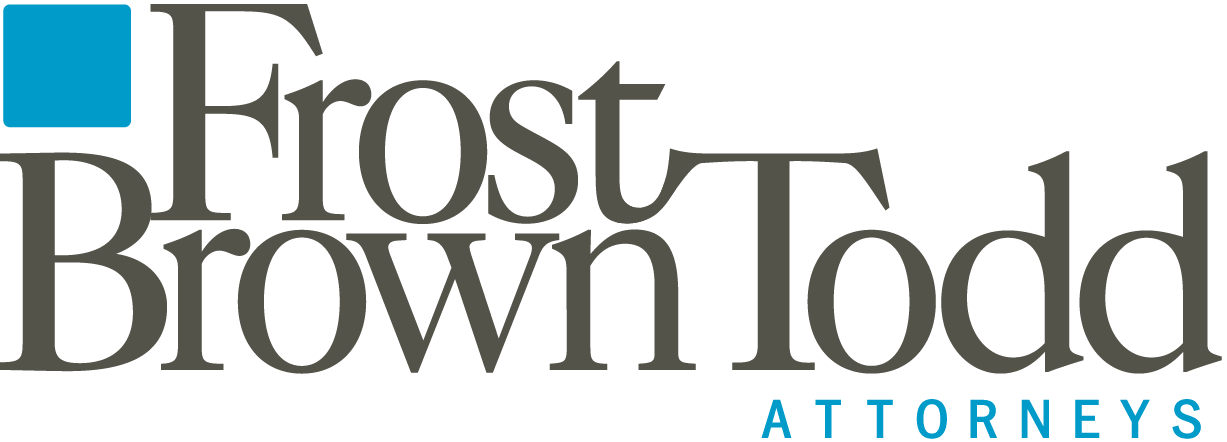Welcome to part one of our series on sale-leaseback transactions, which have fueled the growth of many retail concepts, particularly when backed by private equity funding. This series will highlight some of the core types of transactions and issues that often arise in connection with such deals, including reverse built-to-suit transactions, 1031 exchanges, M&A considerations, and lender-related concerns. We will also examine typical legal due diligence issues and potential risks, as well as structural and compliance challenges specific to transactions involving institutional capital, such as private equity and real estate investment trusts (REITs).
What Is a Sale-Leaseback Transaction?
A sale-leaseback transaction, simply put, occurs when the owner of property sells the property to a third-party buyer but retains the right to remain in possession and continue operating the property under a lease agreement executed upon closing—usually used as a financing mechanism by the owner-seller to access capital. It creates two key relationships: one between the owner-seller and the purchaser, and another between the landlord and the tenant.
Initially, the owner-seller acquires property. Sale-leaseback transactions can occur at any stage of development, including pre-construction, during construction, or even years following construction of the improvements. The owner-seller and potential purchaser carefully negotiate terms of both the purchase and sale agreement and lease agreement. Subsequently, the owner-seller sells the property to the buyer at fair market value (or anticipated fair market value of the property and completed improvements) and simultaneously enters into a long-term lease agreement, often with renewal options, to lease the property back from the buyer. The original owner-seller therefore no longer owns the property and transitions from owner to tenant, while the buyer, who is now the current owner, assumes the role of landlord.
Why Are Sale-Leasebacks Increasingly Popular?
From an owner-seller perspective, this forward-thinking approach strategically allows for access to capital that can be reinvested into the business to achieve both short-term and long-term goals while continuing its current business operations. Sale-leaseback transactions can provide an infusion of capital or an alternative to traditional construction financing. There are also tax advantages for the tenant as rental payments are often tax-deductible. For potential purchasers, the transaction creates cash flow often at rates higher than traditional financing. Further, the purchaser then has ownership of an asset following the expiration of the lease, which can be repurposed or sold.
What Is the Difference Between a Sale-Leaseback Transaction and a Lease?
In a standard lease, there is no transfer of ownership—the tenant never owned the property. Even in a build-to-suit lease, the landlord remains owner and constructs the improvements. Additionally, the tenant’s only interest lies in the right to use and occupy the space under the terms of the lease, typically at a fair market rent. In a sale-leaseback, the tenant previously had ownership of the property, so they are more familiar with the property, and their rent is usually a calculation of the purchase price of the property, together with interest or a cap rate on such price.
In a standard lease, the primary document is the lease itself. In a sale-leaseback transaction, the two primary documents are the purchase and sale agreement and the lease. Although the purchase and sale agreement and lease in a sale-leaseback transaction are generally similar to standard real estate purchase agreements and leases, there are important differences. Since the owner-seller in a sale-leaseback transaction owned the property, the owner-seller has greater knowledge of the property than the buyer and landlord. As such, the owner-seller may be required to make more representations in the purchase and sale agreement and take more risk than in a standard purchase and sale agreement, and the owner-seller may also be required to take more risk and responsibility in the lease than in a standard lease transaction. From the buyer’s perspective, the buyer generally considers itself to be merely a financing party that will not operate or manage the property in any respect (similar to the financing party in a traditional real estate loan transaction). It is important that the parties understand these differences and carefully negotiate and allocate the risks and responsibilities.
Whether you’re a property owner seeking to unlock capital or a purchaser exploring long-term investment opportunities, understanding the best practices and key considerations of sale-leaseback transactions is essential to making informed, strategic decisions. Please contact the authors or any attorney with Frost Brown Todd’s Retail and Shopping Center Finance team if you have questions about whether a sale-leaseback transaction is right for you.
Check out other articles in our sale-leaseback series:
- Reverse Build-to-Suit: Sale Leaseback Transaction with a Twist | Part 2
- How Investors Use 1031 Exchanges and Sale-Leasebacks to Maximize Returns and Preserve Capital | Part 3
- Sale-Leaseback Due Diligence Considerations | Part 4
